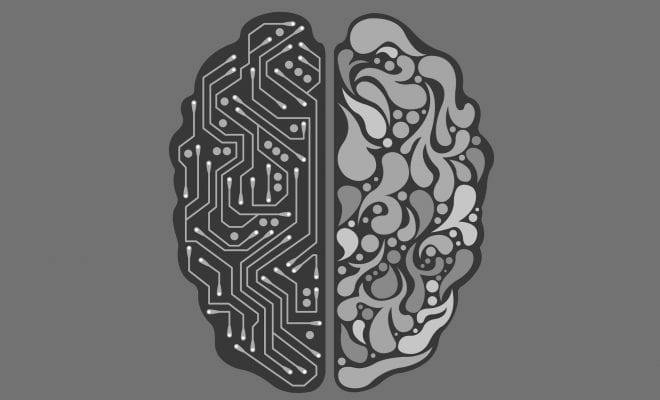
News
How Close are We to Achieving Immortality?
Over the past 100 hundred years, the average human lifespan has increased dramatically, thanks to exponential advancements in science and technology. While living to 80, 90, and even 100 is a possibility, humans have long been in search of the ultimate discovery – immortality.
In order to achieve immortality, scientists have identified four key issues that must be overcome. These include telomere shortening, chronological aging, oxidative stress, and glycation. If these could be drastically reduced or even eliminated, immortality may just be in our reach. However, there are some promising technologies that are prolonging the human lifespan right now, and could eventually lead us to immortality.

Blood Transfusions
It is definitely a creepy a concept to think about, but studies have shown that regular blood transfusions sourced can extend the human lifespan by 10-20 years. Scientists have found that a protein called GDF11 is very common in the blood of young mice, and has been shown to increase skeletal muscle and increase heart strength. This protein has been deemed to have anti-aging properties, making it a promising technology in extending human lifespan.
Nanotechnology
The field of nanotech deals with tiny, self-replicating robots that can be injected into the bloodstream and could perform vital operations to extend the functions of our organs and fight off infection including cancerous cells. These microscopic robots would be able to operate and perform repairs art the cellular level of our bodies, making them more accurate than anything a doctor would be able to do.
Gene Therapy
Utilizing special techniques like CRISPR, gene therapy has already been shown to have promising lifespan-extending results. Studies in mice showed that gene therapy was successful in extending their lifespan by as much as ¼. Scaled for humans, this could be huge in adding up to 25 years to a person life by removing harmful genes that could people a higher risk for disease, obesity, and other harmful conditions.
3D Printing Organs
This technology has grown exponentially in the 21st century, and soon we could even be printing customer replacement body parts. Greeting replacements organs from donors is a long and lengthy process that is not assured. By 3D printing organs, we could have the ability to print replacement organs incredibly fast, while also reducing the risk of the human body rejecting them.
Cybernetic Immortality
While the former technologies all rely on extending our physical bodies, immortality would be achieved through more digital means. Cybernetic immortality is a theory where humans will eventually upload complete copies of our minds into robotic bodies or digital avatar, which would essentially sever our ties to our physical bodies forever, with only our minds living on in a digital world. Organizations like the 2045 Initiative are already striving to achieve a world where humans become one with the digital world.





2 Comments